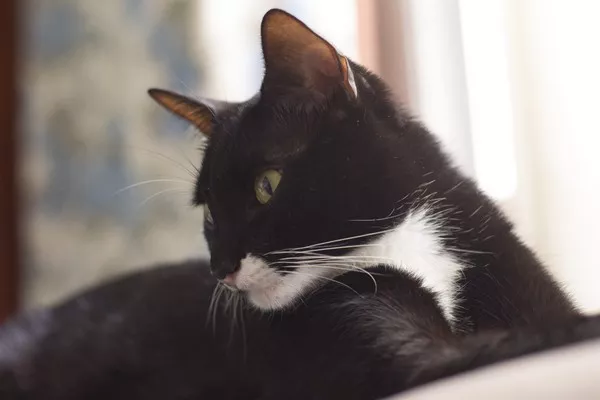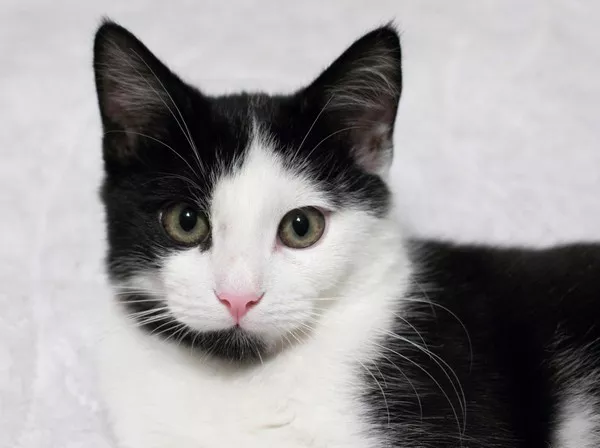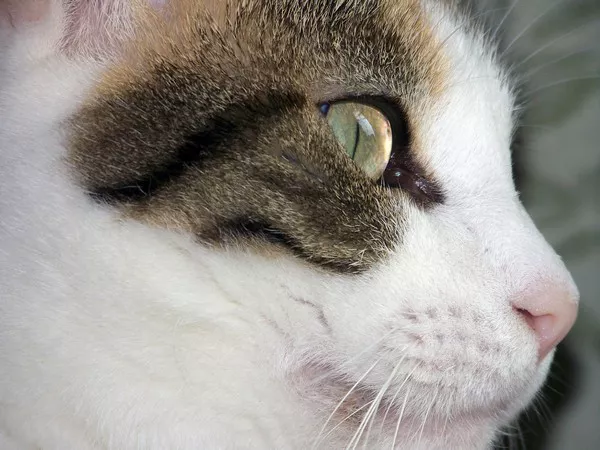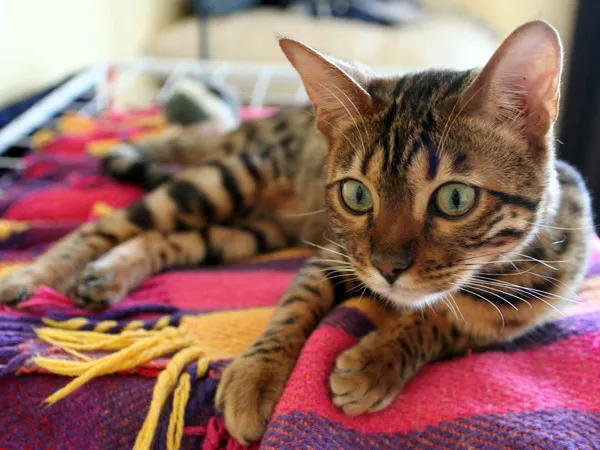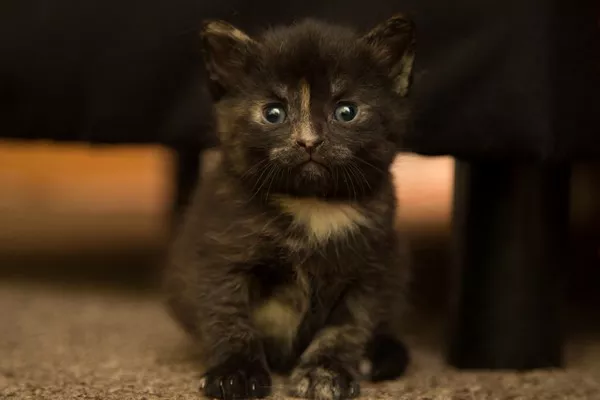In an exciting development, a small leopard cat was rescued from Rajnagar village in South Dholai early this morning, drawing the attention of local villagers. After securing the animal for safety, the villagers quickly contacted the Hawaithang Forest Range of the Forest Department. The team successfully rescued the leopard cat and later released it back into its natural habitat.
Professor Parthankar Choudhury from the E.P. Odum School of Environmental Sciences at Assam University explained that the leopard cat (Prionailurus bengalensis) is a small feline species native to the fragmented regions of the Inner Line Reserve Forest in Cachar, Assam. He noted, “The Dholai area is part of the last stretch of this reserve, which has historically been home to the species.” He also pointed out that the leopard cat is distributed across South, Southeast, and East Asia.
Although listed as “Least Concern” on the IUCN Red List, leopard cats face significant threats from habitat loss and hunting for bushmeat. However, the recent sighting of a juvenile suggests a stable population in the area. “The occasional finding of a baby leopard cat is a positive sign, indicating a larger population nearby,” remarked Professor Choudhury.
He further emphasized the necessity for proactive measures to protect the species, recommending that the Forest Department conduct systematic exploratory surveys. “This would help assess the populations of leopard cats and other small carnivores in the Inner Line Reserve Forest, Barak Bhuvan Wildlife Sanctuary, Barail Wildlife Sanctuary, and surrounding wilderness areas in Barak Valley,” he stated.
This incident not only underscores the importance of wildlife conservation but also highlights the potential for thriving populations of leopard cats in Assam’s natural habitats.
Related Topics





